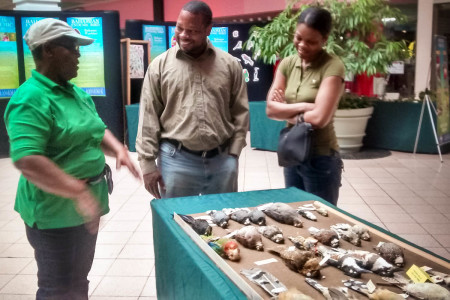
The workshop will provide hands-on training in the preparation, documentation and long-term storage of bird study skins. Participants will actively prepare their own specimen from start to finish. Present guidelines for maintaining and managing a skin collection, how to prepare specimen labels and how best to store study skins to ensure their long-term scientific and educational value (many museums house specimens over 200 years old that are nearly as pristine as when they were prepared).
Study skins or round skins have long been the basis for museum collections and are the foundation of many ornithological collections around the world, including the Smithsonian, the American Museum of Natural History (AMNH) and other well-known research institutions. Large collections can have over a million specimens covering nearly every species in the world. And while these collections appear to be comprehensive, they often have a very small sample of a particular species and region and are not representative of an entire population.
Collections of study skins have been used for a wide variety of research and educational projects, ranging from illustrating the beauty and diversity of local birdlife for the general public through understanding and tracking the impacts of hybridization or chemical pollutants on different bird populations. Some examples of specimen use in research include the discovery of eggshell thinning caused by DDT by comparing historical and recent museum specimens.
Genetic material gathered from current and historic specimens provide key insights into the long-term history of species colonization and diversification and have been used to create complete phylogenetic trees (as has been done with wood warblers). Feathers from birds collected decades ago can be analyzed to determine not only where the individual was born and lived, but can even reveal what they ate.
